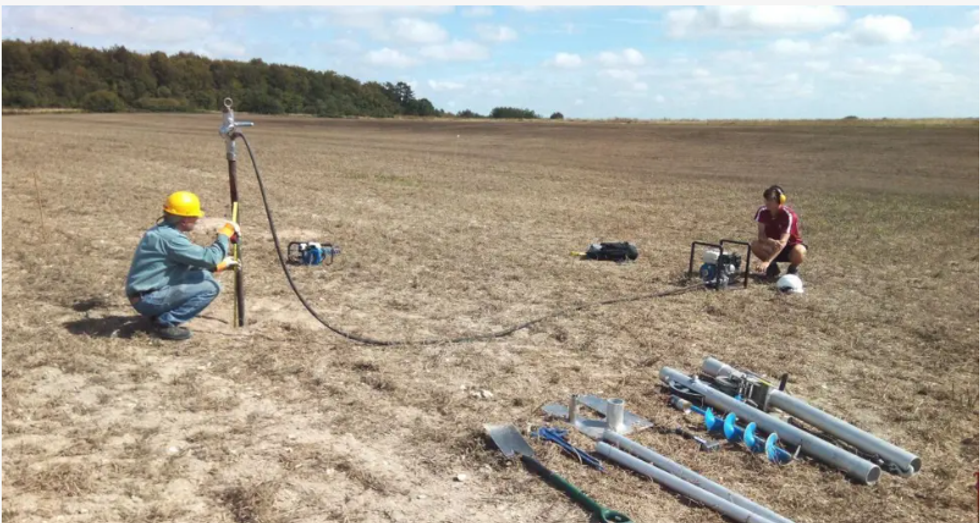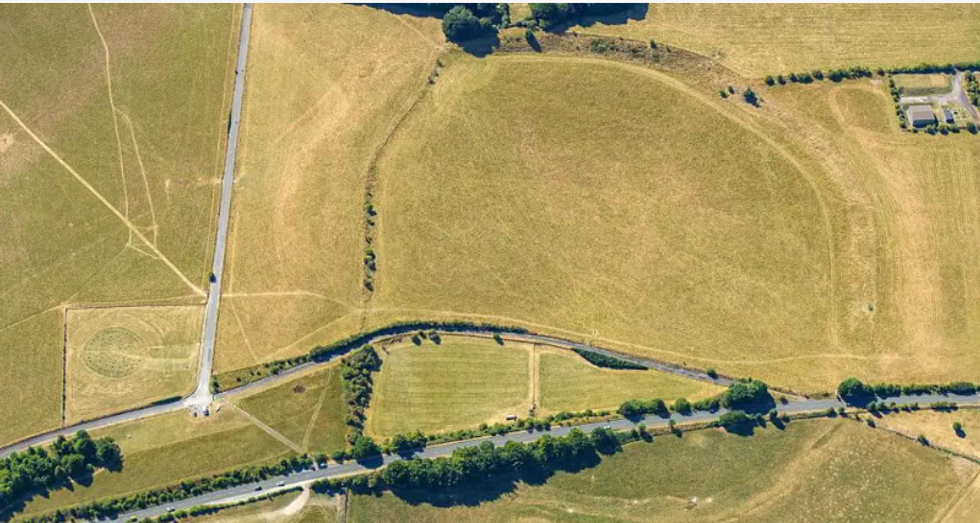Largest prehistoric structure in Britain discovered near Stonehenge

The structures are over 4,000 years old, dating back to the Neolithic period
Don't Miss
Most Read
Latest
Archaeologists have verified the existence of the largest prehistoric structure in Britain.
The enormous prehistoric pits were discovered at Durrington Walls, located within the Stonehenge World Heritage Site in Wiltshire.
The confirmation follows preliminary investigations carried out several years earlier.
These ancient excavations, positioned at consistent distances from one another, represent a remarkable archaeological discovery.
Each pit spans 10 metres across and plunges to depths exceeding five metres.
The structures date to the Neolithic period, making them more than four millennia old.
Their scale and systematic placement suggest they formed part of a significant prehistoric monument in the landscape surrounding Stonehenge.
Professor Vince Gaffney has described the arrangement as potentially "one of the largest prehistoric structures in Britain, if not the largest prehistoric structure" when considered as a "cohesive structure".

The confirmation follows preliminary investigations carried out several years earlier
|INTERNET ARCHAEOLOGY JOURNAL
The sheer magnitude of these features underscores their importance within British prehistory.
Recent analysis has established that these pits were deliberately created rather than formed naturally.
The findings have been documented in the Internet Archaeology Journal, providing scholarly confirmation of their artificial origin.
The research definitively places the construction of these monumental features at more than 4,000 years ago, during the Neolithic era.

This monumental find adds another layer of complexity to the Stonehenge landscape
|GETTY
The discovery represents a major archaeological breakthrough for understanding prehistoric Britain.
The systematic spacing and uniform dimensions of the pits indicate sophisticated planning and coordination among Neolithic communities.
This monumental find adds another layer of complexity to the Stonehenge landscape, already renowned for its prehistoric significance.
The confirmation of these structures through rigorous archaeological investigation demonstrates the continuing potential for new discoveries within this ancient ceremonial complex.
The publication of these findings marks a significant moment in British archaeology, revealing that even well-studied sites like the Stonehenge World Heritage Site can still yield extraordinary surprises about our prehistoric past.











